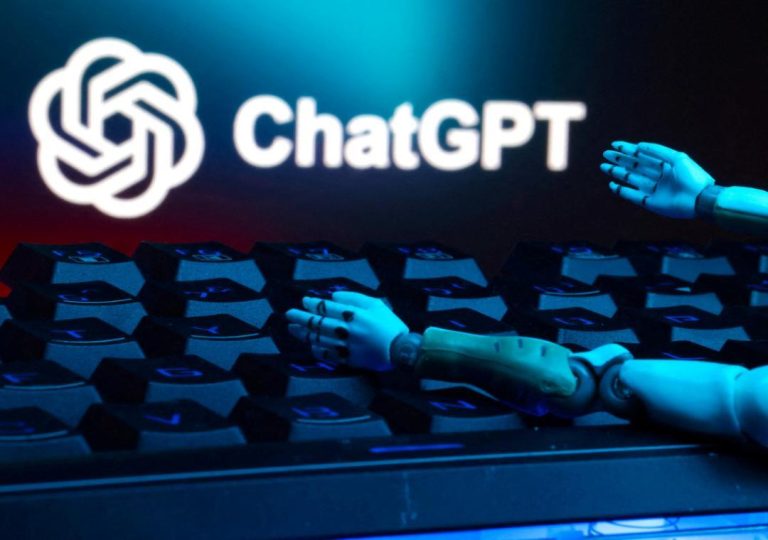
Physiotherapy: How AI & AR are making pain a thing of the past
Pain is a universal human experience, affecting millions of people worldwide. Chronic pain, in particular, can be debilitating, impacting daily life, relationships, and overall well-being. Fortunately, physiotherapy has evolved significantly in recent years, thanks to the integration of Artificial Intelligence (AI) and Augmented Reality (AR) technologies. These innovations are transforming the way we approach pain management and prevention, offering real-time corrections, personalized exercise plans, and early detection of musculoskeletal issues.
In this blog post, we’ll delve into the exciting world of AI and AR in physiotherapy, exploring how these technologies are revolutionizing the industry and making pain a thing of the past.
Early Detection and Prevention
Traditional physiotherapy approaches often focus on treating symptoms rather than preventing them from occurring in the first place. AI-powered solutions, on the other hand, enable early detection of musculoskeletal issues, allowing for proactive interventions and preventing the development of chronic pain.
For instance, AI-driven algorithms can analyze patient data, including medical history, lifestyle, and biomechanics, to identify potential risk factors for musculoskeletal injuries. This information can be used to develop personalized prevention plans, reducing the likelihood of injury and pain.
Real-time Posture Corrections
Posture is a critical factor in musculoskeletal health, and AI-powered AR solutions can provide real-time corrections to help patients adopt proper posture. By analyzing a patient’s posture and movement patterns, AI algorithms can identify areas of improvement and provide personalized feedback in real-time.
This technology can be particularly beneficial for individuals who spend long hours sitting, such as office workers, as it can help prevent the development of back and neck pain. AR glasses or VR headsets can display virtual markers or prompts, guiding patients to adjust their posture and maintain proper alignment.
Personalized Exercise Plans
AI-powered exercise planning is another significant advancement in physiotherapy. By analyzing a patient’s medical history, fitness level, and goals, AI algorithms can create personalized exercise plans tailored to their specific needs.
These plans can include a combination of exercises, stretches, and movements designed to target specific muscle groups and address specific pain points. AI can also monitor patient progress, adjusting the exercise plan as needed to ensure optimal results.
Virtual Physiotherapy Sessions
The COVID-19 pandemic has accelerated the adoption of virtual healthcare, and physiotherapy is no exception. AI-powered virtual physiotherapy sessions can connect patients with qualified professionals remotely, providing access to high-quality care without the need for in-person visits.
Virtual sessions can include AI-driven assessments, real-time feedback, and personalized exercise plans, all conducted through a secure online platform. This technology can be particularly beneficial for patients with mobility issues, those living in remote areas, or those with busy schedules.
Benefits and Future Directions
The integration of AI and AR in physiotherapy offers numerous benefits, including:
- Increased accessibility: AI-powered solutions can reach a wider audience, providing accessible and proactive healthcare for all.
- Improved patient outcomes: Personalized exercise plans, real-time posture corrections, and early detection of musculoskeletal issues can lead to better patient outcomes and reduced pain.
- Enhanced patient engagement: AI-driven feedback and real-time monitoring can increase patient engagement and motivation, leading to greater adherence to treatment plans.
- Reduced costs: Virtual physiotherapy sessions and AI-powered exercise plans can reduce healthcare costs by minimizing the need for in-person visits and hospitalizations.
As AI and AR continue to evolve, we can expect to see even more innovative applications in physiotherapy, including:
- Predictive analytics: AI-powered predictive analytics can identify high-risk patients and provide early interventions to prevent musculoskeletal injuries.
- Virtual reality therapy: VR technology can be used to create immersive, interactive therapy sessions, enhancing patient engagement and motivation.
- Wearable devices: AI-powered wearable devices can track patient movement patterns, providing real-time feedback and personalized exercise plans.
Conclusion
The integration of AI and AR in physiotherapy is revolutionizing the way we approach pain management and prevention. By shifting the focus from treatment to prevention, these technologies can help reduce pain, improve patient outcomes, and increase accessibility to high-quality care. As AI and AR continue to evolve, we can expect to see even more innovative applications in physiotherapy, ultimately making pain a thing of the past.
News Source:
https://www.healthcareradius.in/features/technology/physiotherapy-obesity-tech






